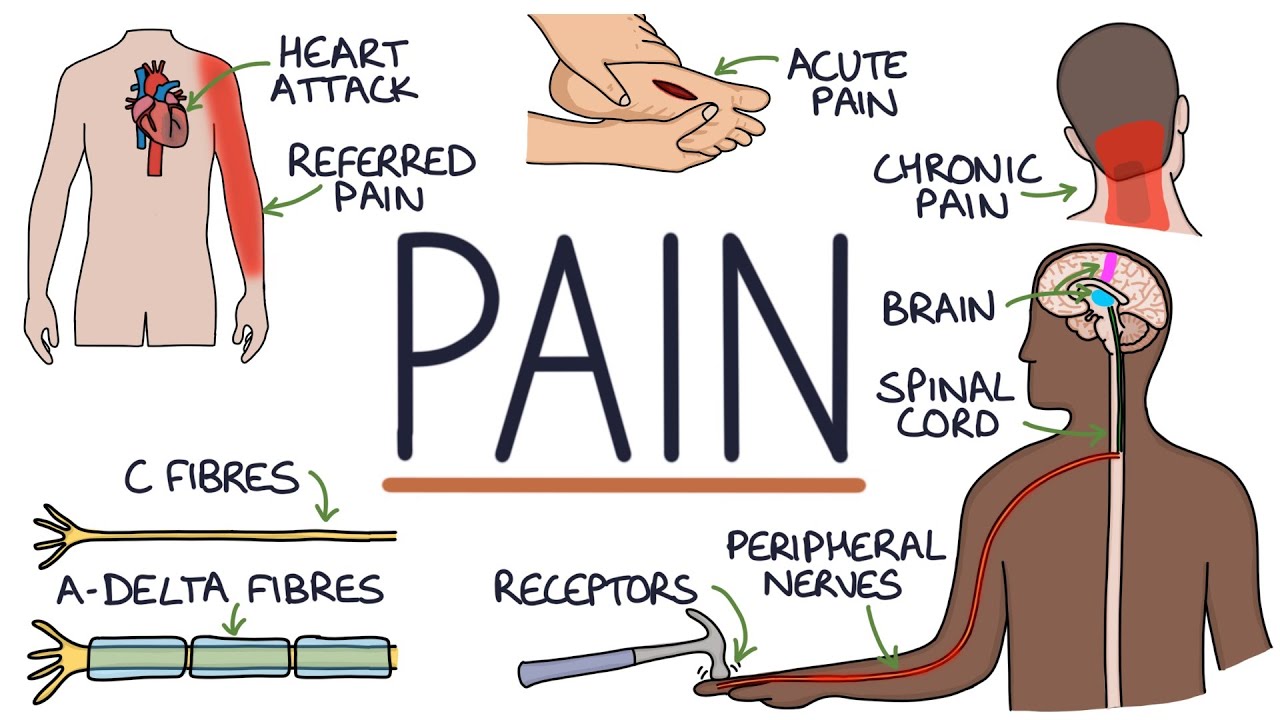In an exploration of the Bahá’í teachings surrounding the significance of pain and adversity, one is inevitably led to contemplate the profound narrative of transformation—from suffering to purpose. The tale of a short-lived existence, like that of a dear brother, can serve as a poignant illustration of these teachings. The Bahá’í Faith posits that life’s trials are not merely burdens to endure but are foundational experiences that catalyze personal and collective growth. This exploration delineates the different dimensions through which one can perceive and internalize the intersection of pain and purpose as derived from Bahá’í principles.
1. Embracing Adversity: The Lens of Acceptance
At the heart of Bahá’í teachings lies the acceptance of life’s tribulations. The initial step in transmuting pain into purpose involves acknowledging the inherent value of hardship. Adversity is framed not as an obstacle but as a vital component of one’s spiritual journey. The narratives from Bahá’í exemplars often highlight how historical figures were shaped by their encounters with suffering. Their resolve to transcend difficulties serves as a beacon, inspiring others to embrace their own struggles. This philosophical groundwork encourages individuals to confront their painful experiences with an open heart, recognizing that within these trials lie opportunities for growth.
2. The Transformative Power of Love
Another pivotal theme within the Bahá’í teachings is the transformative power of love. Love, both divine and human, acts as an essential catalyst for change. In the context of enduring loss, such as that of a sibling, the expression and reception of love can transform grief into a meaningful legacy. The Bahá’í perspective suggests that connecting with the profound love embedded within our experiences can enrich understanding and facilitate healing. Through acts of compassion and kindness, individuals can honor the memory of their loved ones, thereby converting their pain into a purposeful tribute. This relational aspect of suffering emphasizes that love can serve as an antidote to despair, drawing us closer to one another and inspiring solidarity in the face of hardship.
3. The Pursuit of Knowledge: Understanding the Nature of Pain
In the quest to extract purpose from pain, the Bahá’í teachings advocate the pursuit of knowledge and understanding. Engaging with the underlying causes and implications of suffering is imperative for fostering resilience. Through education and spiritual inquiry, individuals can gain insights into the philosophical dimensions of pain. The Bahá’í scriptures encourage believers to investigate the nature of existence, the purpose of life, and the meaning behind afflictions. This intellectual engagement not only empowers individuals to confront their personal adversities but also equips them to contribute to the collective understanding of human experience. Empowering oneself through knowledge thus plays a crucial role in redefining suffering as a pathway to enlightenment and purpose.
4. Service as a Means to Reconcile Pain
Service to others emerges as a potent avenue through which personal pain can be amalgamated into a broader narrative of purpose. The Bahá’í teachings emphasize the importance of selfless acts and contributing to the well-being of society, particularly during times of hardship. Engaging in service can foster a sense of belonging and significance, enabling one to transcend personal suffering. The act of helping others not only alleviates individual pain but also creates ripples of hope and encouragement within communities. Such collective endeavors cultivate an atmosphere of support and recognition of shared humanity, transforming personal grief into collective resilience and purpose.
5. The Interconnectedness of Life: A Broader Perspective
A tenet of the Bahá’í Faith is the acknowledgment of the interconnectedness of all life. Each person’s experiences are interwoven, creating a tapestry rich with lessons and insights. The realization that one’s pain is part of a shared human experience can mitigate feelings of isolation. By contemplating the collective nature of suffering, individuals can find solace in knowing that their experiences resonate with others. This perspective invites empathy and facilitates healing, as individuals come to understand their role within a larger framework. By converting personal pain into a conduit for fostering connections, purpose is rediscovered—not just individually, but universally.
6. The Legacy of Faith and Hope
The narrative of one’s brother’s life, although brief, becomes a fulcrum for instilling faith and hope in others. The Bahá’í teachings assert that even the most fleeting lives can leave indelible impressions. Reflecting upon the legacy of those who have passed, one is encouraged to appreciate the virtues they embodied and the love they shared. This contemplation fuels a commitment to living in alignment with those virtues, perpetuating a cycle of purpose and meaning. Hope serves as a guiding light, reminding individuals that pain is transient, while the impact of love and compassion is everlasting. Thus, through remembrance and aspiration, individuals can carry forward the lessons learned from their loved ones, creating a future imbued with purpose.
Conclusion: The Journey from Pain to Purpose
In summation, the Bahá’í teachings illuminate the intricate relationship between pain and purpose, guiding individuals through their journeys of suffering towards paths of meaning and growth. By embracing adversity, harnessing the power of love, pursuing knowledge, engaging in service, recognizing interconnectedness, and cherishing legacies, individuals are empowered to transform their pain into purposeful existence. The narrative of a brother’s short life becomes not merely a story of loss but a poignant reminder of the immense potential that lies in every trial. Ultimately, the pursuit of purpose becomes a collective journey, enriching both the individual and the broader community in profound ways.
